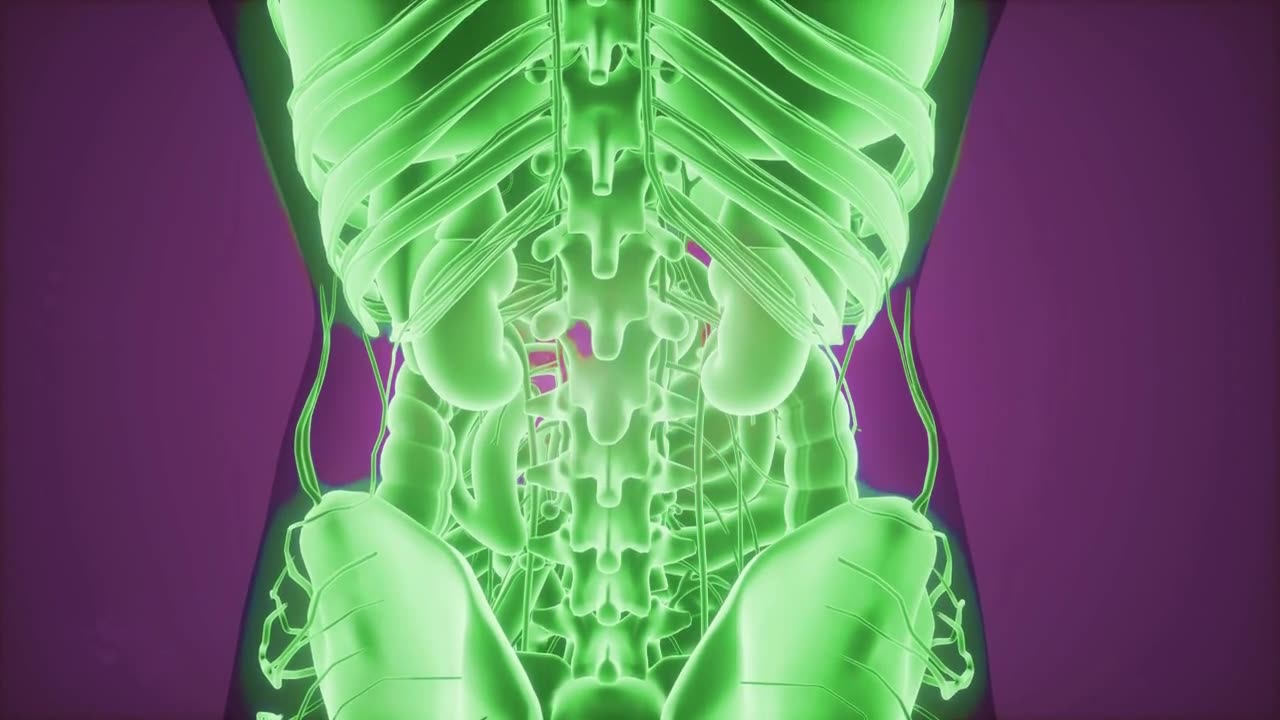Premium Only Content

Zero-Field NMR Measures Quadrupolar Nuclei for the First Time
Researchers at Mainz University and the University of California, Berkeley, have made significant advancements in zero-field nuclear magnetic resonance spectroscopy, setting new standards for benchmarking quantum chemistry calculations.
What is the structure of a specific molecule? And how do molecules interact with one another? Researchers often turn to nuclear magnetic resonance (NMR) spectroscopy to answer these questions. NMR utilizes a powerful external magnetic field to align the spins of atomic nuclei. These aligned spins are then induced to rotate by an oscillating weak magnetic field produced by coils.
A change in voltage as a result can be converted to measurable frequencies. Based on this, researchers can identify the molecular structures while also revealing certain information about the nuclear spin interactions. However, this type of investigation requires very strong magnetic fields generated by massive devices, which are themselves difficult to install and to maintain. At the same time, even with such elaborate equipment, it is still difficult to analyze quadrupolar nuclei, which are the most abundant type of nuclei in nature.
-
 LIVE
LIVE
Major League Fishing
2 days agoLIVE! - Fishing Clash Team Series: Challenge Cup - Day 1
3,846 watching -
 8:31
8:31
MattMorseTV
1 day ago $1.36 earnedTexas just did the IMPOSSIBLE.
59.1K83 -
 LIVE
LIVE
Rotella Games
18 hours agoGreen Hell Day 6 | We Have a LONG Way to Go
164 watching -
 LIVE
LIVE
Lofi Girl
2 years agoSynthwave Radio 🌌 - beats to chill/game to
250 watching -
 41:26
41:26
The Mel K Show
5 hours agoMel K & Clay Clark | Financial Success Hides Behind Self Discipline: Five Pillars | 8-24-25
22.6K3 -
 LIVE
LIVE
The Rabble Wrangler
13 hours agoThe Best in the West Plays Battlefield 2042 | Road to BF6 Grind
40 watching -
 LIVE
LIVE
JTtheSG
2 hours agoBack To The Deadzone!!!
111 watching -
 LIVE
LIVE
The Official Steve Harvey
13 days ago $5.11 earned24 HOURS OF MOTIVATION w/ STEVE HARVEY
315 watching -
 25:56
25:56
DeVory Darkins
22 hours ago $0.78 earnedTrump drops ULTIMATE BOMB on Democrat Mayors as ICE makes SHOCKING Announcement
47.4K179 -
 3:36:30
3:36:30
TonYGaMinG
7 hours ago🟢 ABI WITH FRIENDS | 🍩JOE DONUTS | 😶 🌫 VLADSGAMINGCARTEL |
25.4K4